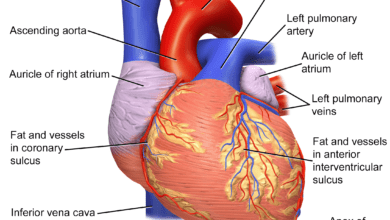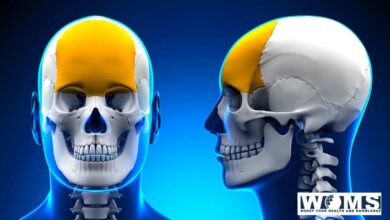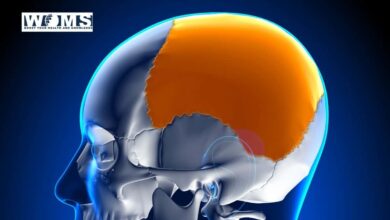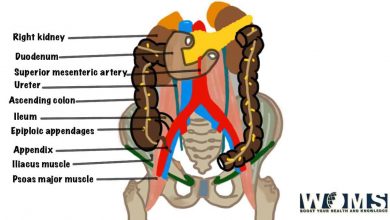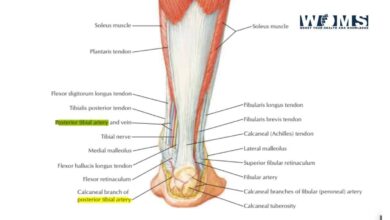Intrinsic Muscles Of The Tongue: Anatomy and clinical significance
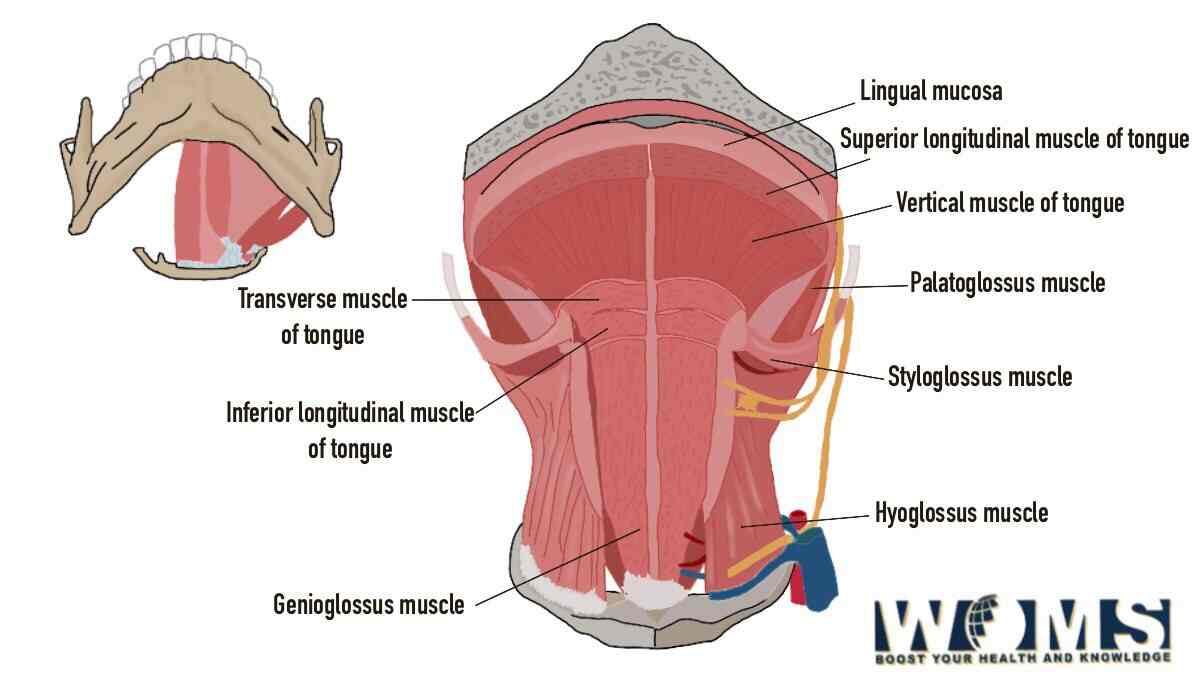
Most people think the tongue is used for only eating and tasting different kinds of foods. The tongue is a muscular structure containing different extrinsic and intrinsic muscles of the tongue. There are four intrinsic muscles of the tongue. In addition, these muscles help the tongue to perform actions of the body.
This article summarizes various intrinsic muscles of the tongue and their function. Let us have a detailed look at these intrinsic muscles of the tongue to clear the basic anatomical concepts of the muscular nature of the tongue.
There are four intrinsic muscles of the tongue. These are as follows:
- Superior longitudinal lingual muscle
- Inferior longitudinal lingual muscle
- Transverse lingual muscle
- Vertical lingual muscle

Superior longitudinal lingual muscle:
This intrinsic muscle of the tongue helps to change the shape of the tongue. In addition, this muscle is firmly connected to the tongue without any extra oral attachment. Therefore these muscles are known as intrinsic muscles of the tongue.
Function
Intrinsic muscles of the tongue perform different functions to maintain the size and shape of the tongue. This muscle performs the following functions:
- It offers the function to decrease the length of the tongue.
- Moreover, it also helps the tongue to curl in an upward direction.
Gross anatomical features
Concerning the anatomical details, the superior longitudinal lingual muscle shows attachment to the submucosal fibrous layer and fibrous median septum proximally. In addition, it is attached distally to the lateral margins of the tongue and mucous membrane.
- Origin – This intrinsic muscle of the tongue originates from the fibrous median septum located near the epiglottis.
- Insertion – This muscle shows its Insertion point at the lateral margins of the tongue.
- Innervation: This muscle performs its various actions through the nerve supply provided by the hypoglossal nerve.
Inferior longitudinal lingual muscle
The inferior longitudinal lingual muscle exhibits a narrow band-shaped appearance present above or under the surface of the tongue. It is usually present between the genioglossus and hyoglossus. Moreover, it also lies inferiorly to the vertical and transverse intrinsic muscles of the tongue.
Function
The inferior longitudinal lingual muscle also works in a way to change the shape of the tongue accordingly. It performs the following functions:
- This muscle also helps to shorten the overall length of the tongue when needed.
- In addition, it also helps to curl or rotate the tongue in a downward direction.
Gross anatomical features
This muscle starts from the root of the tongue. It goes on extending from this point. In the end, some of the fibers are blended with the body of the hyoid bone. Whereas, some of its fibers are attached to the fibers of styloglossus.
- Origin – This intrinsic muscle has its starting or origin point near the root of the tongue.
- Insertion – it limits its ending point near the apex or tip of the tongue.
- Innervation: The inferior longitudinal lingual muscle is also innervated through the hypoglossal nerve, which is the XII cranial nerve.
Transverse intrinsic muscle of the tongue
It is also one of the intrinsic muscles of the tongue. This muscle contains several fibers that originate from the median fibrous septum. From this point, it passes in a lateral direction to insert into the submucosal fibrous tissue located along the sides of the tongue.
Function
The transverse muscle of the tongue performs the following function in the context of shape and size:
- This muscle helps to increase the overall length of the tongue.
- In this way, this muscle also affects the dimensions of the tongue by making it narrower.
- It also helps in the protrusion of the tongue, making it longer than normal.
Gross anatomical features
In a proximal direction, this muscle is attached to the fibrous median septum and terminates along the lateral margins of the tongue near the submucosal fibrous layer. The muscle fibers of transverse lingual muscle intersect the fibers of vertical intrinsic muscle present between the superior and inferior longitudinal lingual muscle.
- Origin – it also originates from the median fibrous septum, from the same point superior longitudinal lingual muscle arises.
- Insertion – This muscle inserts along the sides or margins of the tongue.
- Innervation: This muscle performs the pr function through the proper nerve supply of cranial nerve XII, the hypoglossal nerve.
Vertical muscle of the tongue
The vertical lingual muscle is also one of the intrinsic muscles of the tongue performing almost the same function of affecting shape and size. Its fibers originate from the upper surface of the tongue and extend towards the lower border of the tongue.
Function
This muscle performs the following function:
- It flattens the dimensions of the tongue making it quite broader and wider than normal.
Gross anatomical features
This vertical lingual muscle shows proximal attachment near the submucosal fibrous layer on the dorsal surface of the tongue. Moreover, extending distally, it is attached to the inferior surface of lateral margins of the tongue or apex of the tongue. It intersects the fibers of transverse intrinsic muscle located between the superior and inferior longitudinal lingual muscles.
- Origin – This muscle starts from the submucosal fibrous layer from the bottom of the tongue.
- Insertion – it inserts into the inferior margins of the tongue.
- Innervation: This muscle is also innervated through the hypoglossal cranial nerve.
Clinical conditions associated with the tongue
The tongue is the primary structure of the oral cavity. It helps in taste, eating properly, and phonetics. There are several factors that can cause tongue problems. The time duration for any clinical problem of the tongue depends on various factors. Let us have a look at the most common clinical problems related to the intrinsic muscles of the tongue.
Burning mouth syndrome:
It is a condition in which a patient feels a burning sensation in the oral cavity including the tongue. The exact reason is unknown. But there may be nerve damage, allergic reaction, or any psychological problem.
Oral thrush
It is also a common infection caused by yeast. In this disease, several white bumps or patches may start producing on the surface of the tongue.
Oral cancer
Oral cancers are the most common malignant problems arising in the public. Several neoplastic growths can start occurring on the surface of the tongue. Symptoms are usually tongue pain, burning sensation, ulcers, or bleeding from the tongue.
Conclusion
The tongue is a combination of extrinsic and intrinsic muscles. These muscles perform various functions and different movements to orient the tongue according to daily life habits. Intrinsic muscles of the tongue affect the size and shape of the tongue. Some intrinsic muscles of the tongue increase the length of the tongue. Whereas, in contrast to these, other intrinsic muscles of the tongue decrease the length of the tongue.
These intrinsic muscles of the tongue perform all these functions through the proper innervation by the cranial nerve. Cranial nerve XII, the hypoglossal nerve, innervates all these intrinsic muscles of the tongue. Any damage to this nerve may lead to the dysfunction of the intrinsic muscles of the tongue.
Frequently asked questions (FAQs)
Is the tongue a muscle or organ?
The tongue is known as the organ of the body. But, the tongue is the combination of different extrinsic and intrinsic muscles. So it is a muscular structure performing various functions.
From where do intrinsic muscles of the tongue originate?
These intrinsic muscles of the tongue originate from the myoblasts, produced from the occipital somites.
